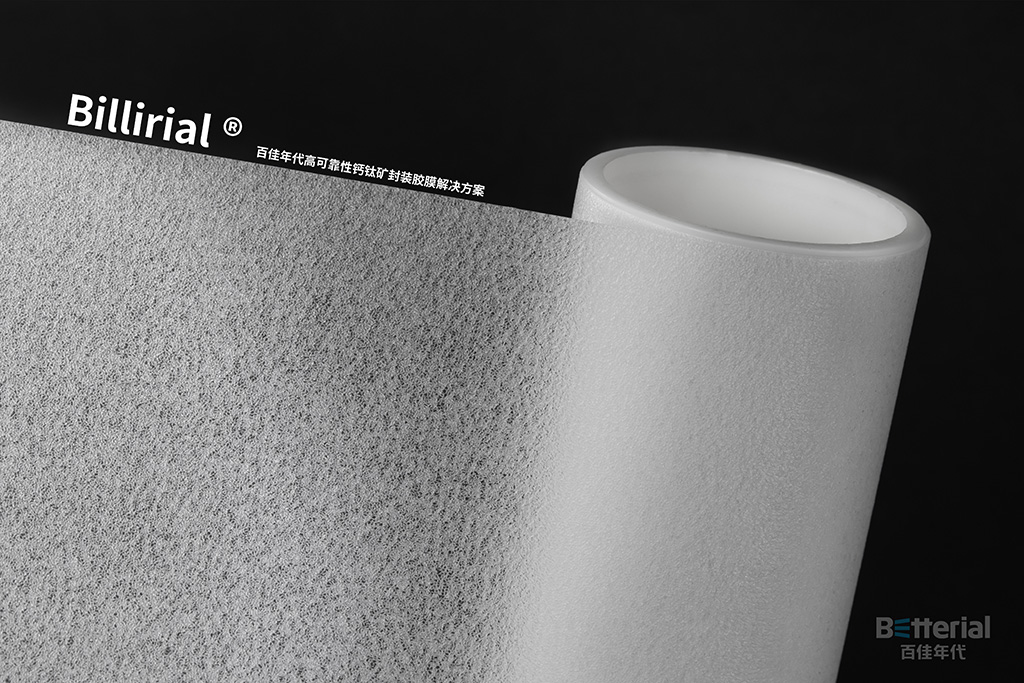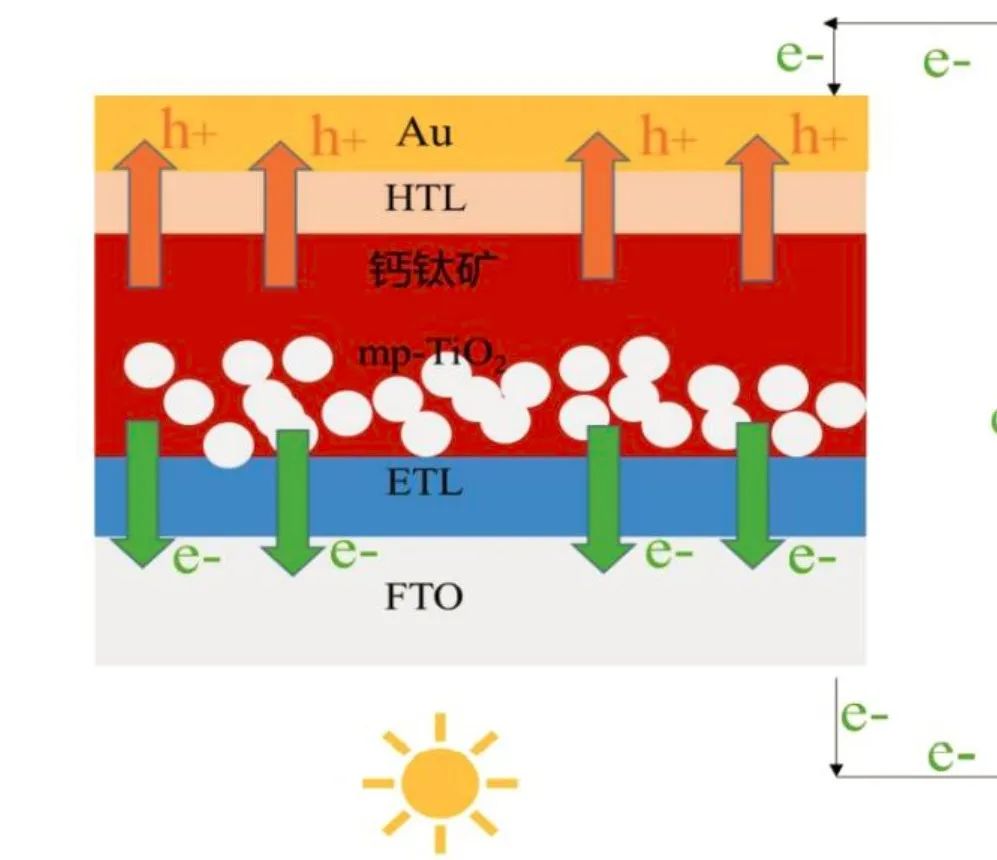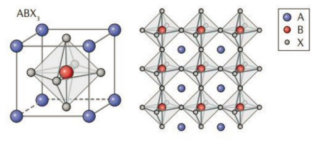Recently, Billirial ®, a high-reliability perovskite encapsulation film jointly developed by Betterial and internationally renowned chemical companies, has been shipped in batches, and the first batch of orders from GCL Optoelectronics was delivered in June this year.

Betterial started to deploy perovskite photovoltaic cells encapsulation technology as early as early 2018, signed a cooperation agreement with an internationally renowned chemical company, and jointly developed Billirial ®, a thermoplastic polyolefin encapsulating film for perovskite modules. By adopting a new environmentally friendly formula system, the product does not precipitate small molecular substances, can achieve rapid low-temperature lamination at 100~120 °C, and can effectively ensure the integrity and stability of the perovskite cell structure. The product has the characteristics of high light transmittance, high weather resistance, low water vapor transmission rate, and high adhesion, which can effectively reduce the aging degradation rate of perovskite cells.
At present, the products are gradually being verified by the market and are favored by customers at home and abroad. In addition to GCL Optoelectronics delivered this time, the company has also conducted technical docking and samples with many domestic perovskite enterprises such as Fiber Nano Optoelectronics, Jidian, Wandu, Zhongpu, etc., and cooperated with Austria, Germany, France, Poland, Sweden , Belgium and many other overseas perovskite companies have reached cooperation, and some customers have achieved small batch delivery.
Perovskite Cell Technology
Significant cost and efficiency advantages, but there are still shortcomings in stability and service life
Perovskite is a crystalline material with high photoelectric conversion efficiency. Generally, solar cells made of perovskite (ABX3) polycrystalline as light-absorbing materials are called perovskite solar cells (Perovskite Solar Cells). It belongs to the third generation of solar cells, also known as new concept solar cells (Emerging PV).
© Source: Nanjing University of Information Technology, Orient Fortune Securities Research Institute
Perovskite cells are composed of perovskite, electron transport layers, hole transport layers, etc., which are similar to amorphous silicon thin film cells and have a P-I-N structure. The perovskite material acts as a light absorbing layer (I layer) sandwiched between an electron transport layer (N layer) and a hole transport layer (P layer). Sunlight irradiates the absorber layer on the perovskite solar cell from the FTO surface, and then absorbs photons to excite and generate excitons, which are separated into electron-hole pairs. The electron and hole pairs are further separated into free electrons and positively charged holes, which are rapidly extracted by the electron transport layer and the hole transport layer, respectively. That is, electrons are transported from the perovskite layer to the isoelectron transport layer and collected by the FTO; holes are transported from the perovskite layer to the hole transport layer and collected by the metal electrode. Finally, the photocurrent is generated by the circuit connecting the FTO and the metal electrode.

Note: (a) mesoporous structure; (b) regular planar structure; (c) inverted planar structure

© Source: Nanjing University of Information Technology, Orient Fortune Securities Research Institute
Scientific Report data shows that the ultimate conversion efficiency of new perovskite photovoltaic cells can reach 33%, and perovskite tandem cells are as high as 43%. Benefiting from the advantages of high conversion rate and low cost, combined with thin, flexible and customizable features, perovskite cells can be widely used in large-scale centralized power stations, BIPV, BAPV and other scenarios, with broad development prospects.
Since 2022, perovskite cell technology has continued to make breakthroughs. Companies such as GCL Optoelectronics and Fiber Nano Optoelectronics have achieved megawatt-level production capacity, and even released component products based on perovskite technology. Benefiting from the broad market prospects, perovskite cell technology has also attracted many well-known companies such as Tencent, Ningde Times, and Country Garden. At the same time, the development of perovskite has also attracted the attention of relevant government units. Nine ministries and commissions including the National Development and Reform Commission and the Ministry of Science and Technology have successively issued the "14th Five-Year Plan for Renewable Energy Development" and the "Science and Technology Support Carbon Peak Carbon Neutral Implementation Plan (2022"). - 2030)", the document clearly pointed out that it is necessary to master the preparation and industrial production technology of a new generation of high-efficiency and low-cost photovoltaic cells such as perovskite.
Perovskite technology has attracted widespread attention in the market due to its "high potential", "low cost" and "stackable with crystalline silicon", but at the same time it has also brought great challenges to auxiliary material manufacturers. Since perovskite is an ionic crystal material, compared with crystalline silicon cells, perovskite is fragile, not resistant to high temperature, easy to oxidize, and easy to decompose in a humid environment, resulting in a shorter lifespan and a larger degradation of photoelectric conversion efficiency. Therefore, how to improve the stability of perovskite is a difficult problem that perovskite companies and research institutions around the world are trying to overcome.
Perovskite Encapsulation Film
Effectively improve the stability of perovskite modules and reduce the degradation rate
In the encapsulation process of photovoltaic modules,encapsulating film is mainly used for bonding cells, photovoltaic glass and backsheet, and has the functions of heat and humidity resistance, anti-ultraviolet aging, water vapor barrier, etc. Its chemical properties and stability play a vital role for the power generation performance of photovoltaic modules, product quality and service life. Due to the significant differences in the power generation principles and chemical properties of different photovoltaic cell technology routes, the product characters of the encapsulating film are also different for different cell technology routes. For example, transparent EVA film and white EVA film are mainly used in PERC modules, while POE film and EPE film are mainly used for N-type cells such as TOPCon and HJT.
At present, perovskite cells still have water vapor sensitivity and can not withstand high temperature and other technical pain points. Traditional photovoltaic encapsulating film can not meet the encapsulation requirements of its modules, so it is necessary to use customized perovskite cell encapsulating film technology to make up for its product defects. The high-reliability perovskite encapsulating film Billirial predominantly developed by Betterial by thermoplastic polyolefin encapsulating film technology, can effectively solve the pain points of perovskite batteries.
In view of the characteristics that perovskite is not resistant to high temperature, Billirial ® thermoplastic film developed by Betterial can have high adhesion to glass, metal materials, etc., and has excellent low temperature lamination performance. The lamination temperature can be controlled at about 100-120 °C, and the glass strength with glass under low temperature packaging is >80 N/cm, which can effectively ensure the stability of the perovskite battery structure and the sealing of the components.
Since perovskite is an ionic crystal material, Billirial ® thermoplastic polyolefin encapsulation film is jointly developed by Betterial and internationally renowned chemical raw material companies for many years. The product has high processing purity and does not precipitate small molecular substances, which can effectively guarantee perovskite Mineral type (ABX3 type) crystal structure integrity, thereby improving product stability.
Betterial’s Billirial ® thermoplastic polyolefin encapsulant film has excellent weather resistance, excellent anti-yellowing performance after aging, and low degradation of peel strength to glass after 3 times IEC sequence aging.
Billirial ® thermoplastic polyolefin encapsulating film has stable creep resistance and can be tested and certified to IEC61730.
Betterial's high-reliability perovskite encapsulation film Billirial ® products reserves multiple sets of technical configuration solutions to meet customers' customized needs for lamination temperature and other aspects. Relying on its own innovative application platform, Betterial actively cooperates with upstream and downstream partners to solve the technical problems of perovskite, and promotes the industrialization of perovskite battery technology. It is believed that, benefiting from the collaborative innovation of all aspects of the industrial chain, the industrialization of perovskite cell technology will continue to accelerate, and perovskite modules with lower cost and higher conversion efficiency will once again boost the development of the photovoltaic industry. Reduce costs and increase efficiency” to help the world achieve the goal of “carbon neutrality”.




 © Source: Nanjing University of Information Technology, Orient Fortune Securities Research Institute
© Source: Nanjing University of Information Technology, Orient Fortune Securities Research Institute
